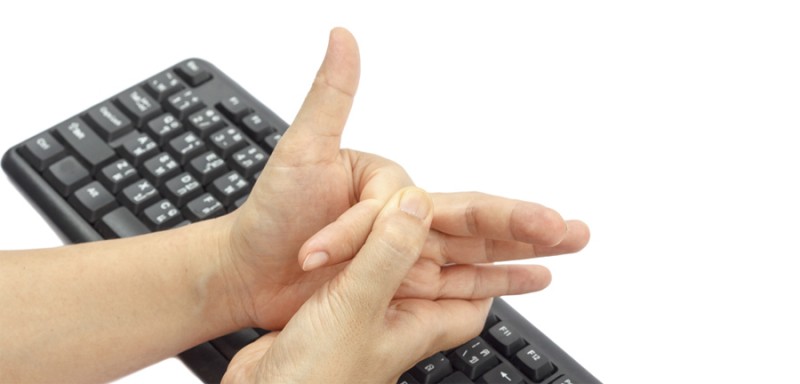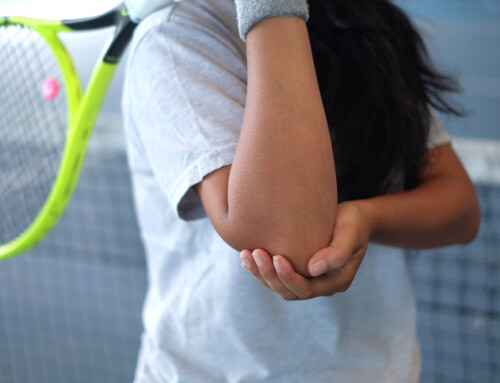
What is trigger finger?
Trigger finger, more specifically referred to as stenosing tenosynovitis , is an inflammatory condition that affects the tendons in the hand. The tendons that are involved are the ones that are on the palmar aspect of the hand and are commonly referred to as the flexor tendons. These flexor tendons attach the muscle belly in the forearm, to each finger to allow you to bend your fingers to make a fist.
Surrounding the tendons is a sheath that helps the tendons to slide as the fingers are bent and straightened. When the sheath becomes inflamed and there is decreased space, the tendon can have difficulty sliding and become stuck.
If an individual with a trigger finger makes a fist and then tries to extend their fingers out, often the affected finger will remain bent. Sometimes the finger will then snap back up after getting caught. Trigger finger gets its’ name from the fact that it is like a trigger being pulled and then released. As the 
- Clicking or popping during movement
- Pain when moving the finger
- Catching and locking as the finger tries to extend
- Stiffness in the finger
- A nodule or lump may also develop at the base of the finger
What are the causes of trigger finger?
Repetitive, prolonged motions can lead to irritation of the tendons. This includes individuals who have either a job or a hobby that requires them to use their hand or to grip a lot. Women are also at a higher risk for developing trigger finger, as are, individuals with diabetes and individuals with rheumatoid arthritis.
Trigger Finger is caused by repetitive, prolonged motions can lead to irritation of the tendons. This includes individuals who have either a job or a hobby that requires them to use their hand or to grip a lot. Women are also at a higher risk for developing trigger finger, as are individuals with diabetes and individuals with rheumatoid arthritis.
What are the treatment options?
There are several different ways to treat trigger finger. The more conservative approach is physical therapy. If the conservative approach does not work, then there are the options of steroid injections or surgery. Surgery would consist of releasing the sheath that surrounds the affected tendon to allow more space for the tendon to glide within.
What does physical therapy for trigger finger involve?
Instead of jumping right into the surgical option, physical therapy is a great way to alleviate symptoms. Physical therapy for trigger finger would include icing or heating the tissue, stretching exercises and looking for various ways to decrease unnecessary stress to the hand.
- Manual therapy: The use of various techniques, including soft tissue massage, can help to decrease pain and the catching of the finger.
- Pain relief: Ice or heat can be applied to the hand to help decrease pain. Heat prior to exercises and stretching can also help to loosen the tissues up.
- Stretching exercises: These types of exercises can help to maintain the motion in your fingers.
- Patient education: It is important to make sure that you still use your hand with the trigger finger. Often times the more that the fingers move, the better they feel. Initially, it may be advantageous to avoid repetitive gripping or grasping. These motions are aggravating and decreasing these motions, may help to decrease inflammation.
Call our Malta Clinic at (518) 289-5242 or our Queensbury Clinic at (518) 502-1154 today to schedule your appointment!
References:
Staff BMC. Trigger finger. Mayo Clinic. http://www.mayoclinic.org/diseases-conditions/trigger-finger/basics/definition/con-20043819. Accessed September 15, 2016.
Trigger Finger. OrthoInfo.com. http://orthoinfo.aaos.org/pdfs/a00024.pdf. Accessed September
Related Posts:





